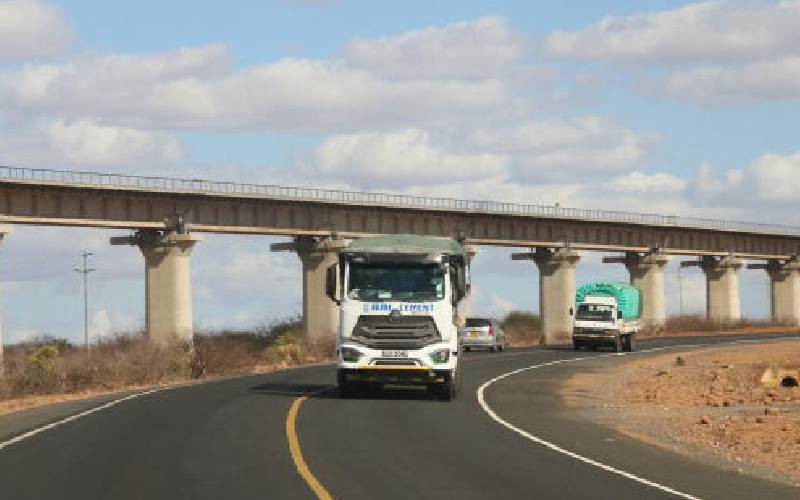
The recent announcement by Uganda that it would start the construction of the standard gauge railway (SGR) in August is welcome news as it revives hopes for the extension of Kenya's $2.39 billion project whose viability was dependent on the Ugandan section. Uganda's announcement to commence construction of its section of the Malaba-Kampala railway, under the northern corridor project that required all the member states to put up a modern railway line in their respective states, couldn't have come at a better time. It reaffirms the commitment made in 2014, when leaders from Uganda, Kenya, Tanzania, South Sudan and Rwanda broke the ground for the construction of SGR to link the states with the view of boosting trade.
According to the World Bank, these countries have a combined market of over 300 million people, and it is envisaged that the regional rail and road transport infrastructure will stir socio-economic developments in the region. For starters, the SGR has emerged as a transformative infrastructure project in East Africa, revolutionising transportation and trade dynamics. The potential benefits of extending the SGR line from Kenya to Uganda are vast, offering significant economic gains for both nations.